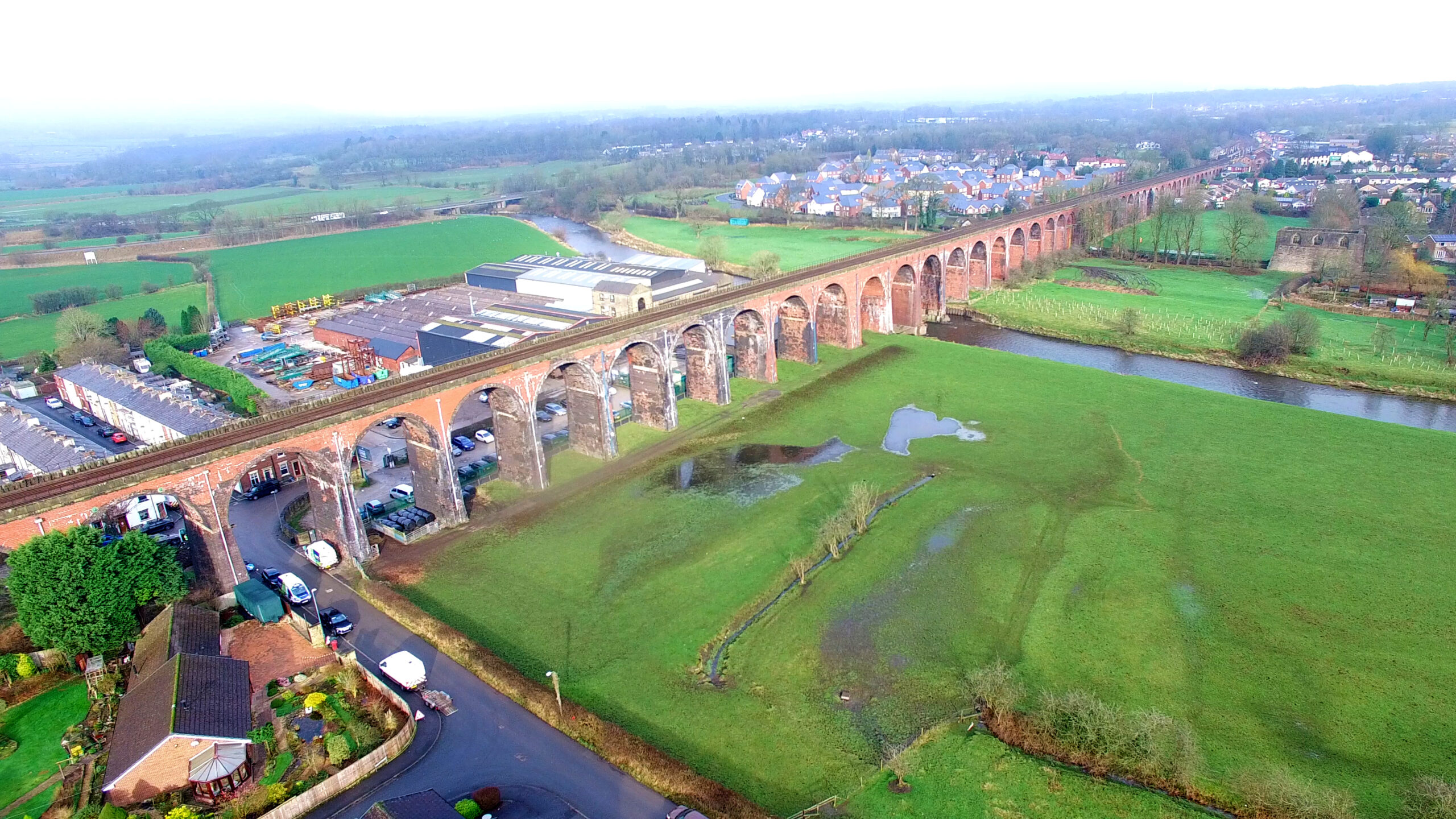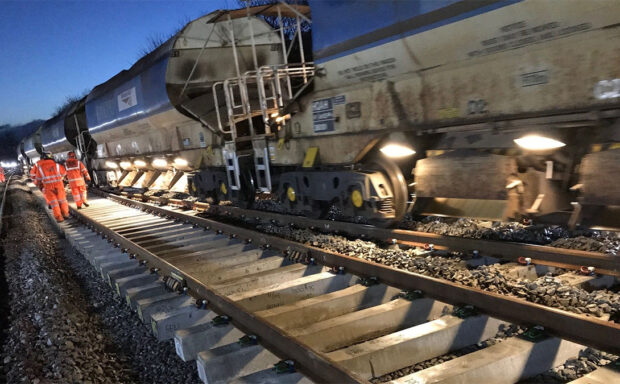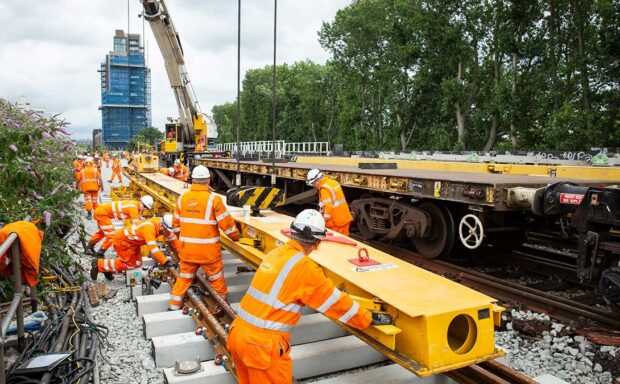Ever wondered why the railway is dotted with thousands of bridges and viaducts? They do more than just get you from A to B. In fact, they play a very important role in making the railway safe, efficient and reliable.
Find out more …
Bridges and viaducts carry the railway across valleys, roads, and rivers throughout the country. We have so many because the limited power of early steam locomotives meant that early railways had to be built with gentle slopes and curves.
To accommodate this, the tracks that carried these trains were built through the landscape rather than over it, which led to the creation of embankments, cuttings, tunnels and many bridges.
Bridges and viaducts improve our railway and your journeys in numerous ways:
Quicker journeys
Bridges and viaducts reduce the need for detours by creating more direct routes over obstacles such as valleys, rivers and urban areas.
They also help maintain a level track and avoid sharp curves or steep slants so that trains can travel at a higher and more consistent speed here. And an almost straight track without big curves is essential for heavier and longer freight trains carrying goods all over Britain.
In urban areas, bridges and viaducts often provide more efficient routes over busy streets, reducing congestion and improving connectivity for everyone.
More reliable journeys
Bridges and viaducts help avoid natural barriers and congested areas that might otherwise cause delays. As the track is more stable and above the ground, disruptions on the ground like flooding and landslides are less likely to affect the track as well.
Protecting the environment
Viaducts and bridges can span sensitive parts of our environments like wetlands, forests, and wildlife habitats without significantly disrupting the ground below.
For example, Dovey Junction Viaduct in North Wales carries the Cambrian Line over Dovey River where several protected species of birds like ospreys and grey geese live.
We finished our most recent refurbishment of it in November 2023, when we took great care to protect the wildlife here. We even paused our work in March and mid-August 2023 to avoid disturbing several of these species during their delicate mating season.
Meanwhile, we carefully planned work on the Camps Viaduct near Glasgow to ensure it was efficient as possible to minimise its impact on the surrounding ancient woodland. The railway here runs over rather than through the woodland.
Quieter journeys
The raised height of bridges and viaducts mean that you have even less chance of hearing the noise at ground-level, especially in busy urban areas.
Safety
Bridges and viaducts often remove the need for level crossings on these parts of the route. This reduces the risk of collisions and helps make the railway safer for us all.
Scenic Views
Viaducts and bridges often give you higher views of the surrounding landscapes, especially in areas of natural beauty. We’ve even built walking routes on some of our famous viaducts to help you enjoy the stunning views they offer. For example, the Barmouth Viaduct in North Wales and the Glenfinnan Viaduct in the Highlands have vehicular and walking paths for your use.
So the next time you come across a bridge or a viaduct on the railway, why not take a moment to appreciate just how valuable they really are?




